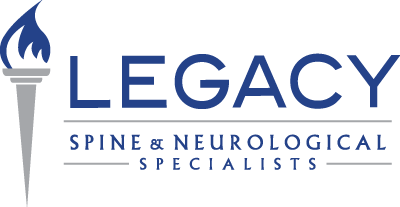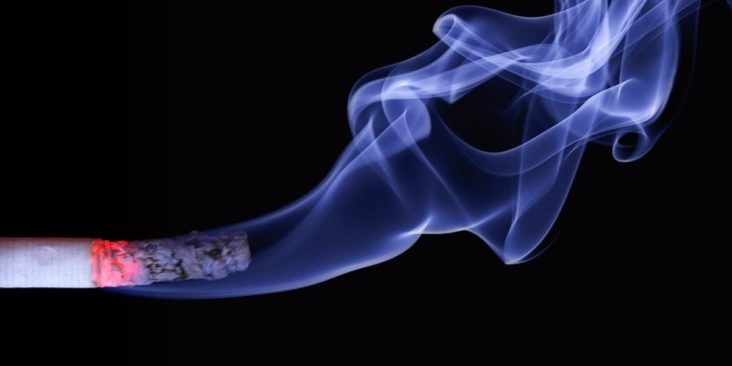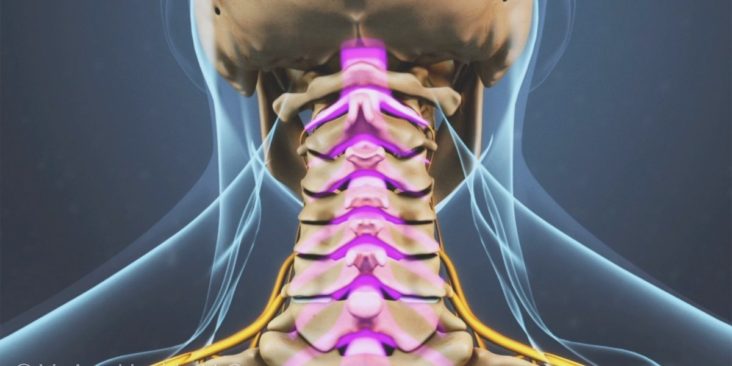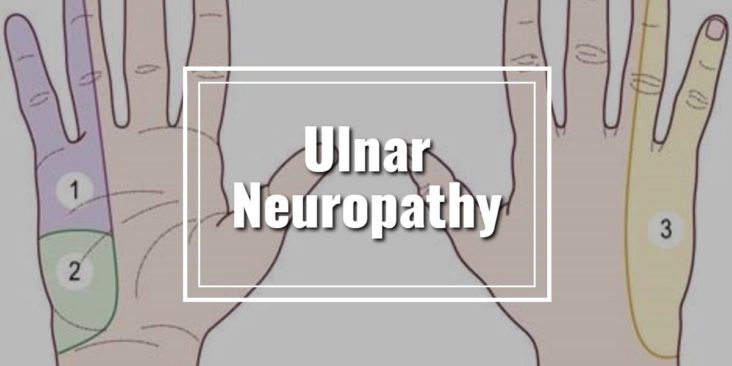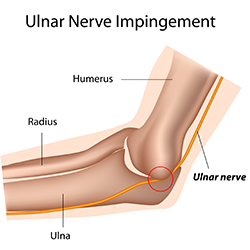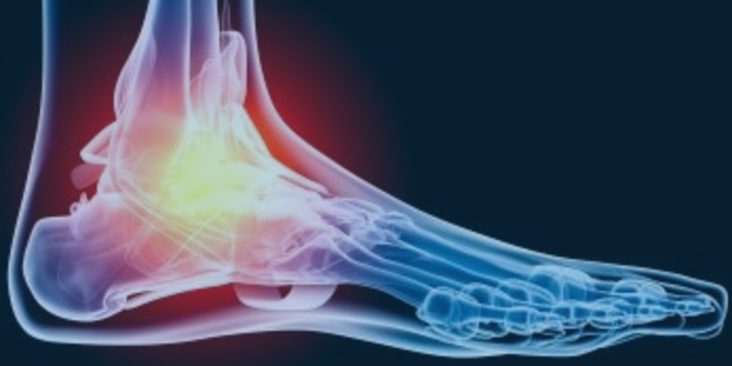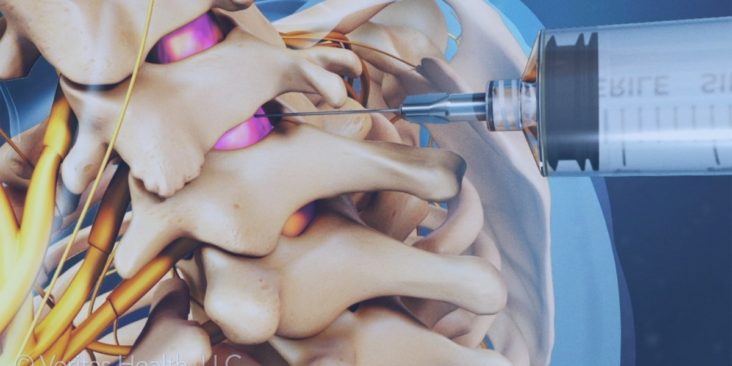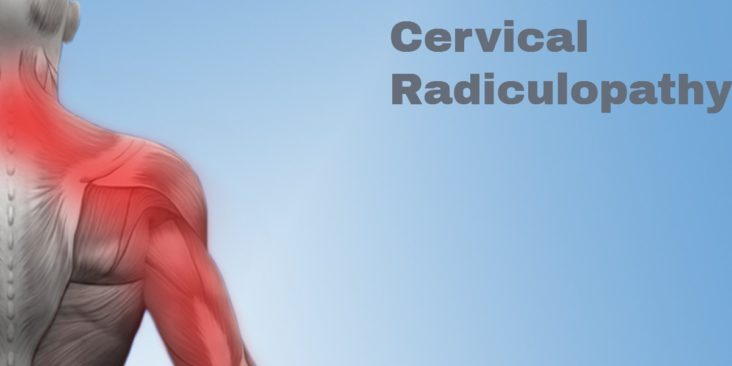Lasers have been used for many years in medicine and surgery. Their role, however, in spinal surgery is extremely limited and for good reason.
Lasers can be used to cut through soft tissues like skin and fat. This can also be done using a traditional scalpel without the risk of thermal (heat) injury to surrounding tissues and without the significant expense of using a laser.
